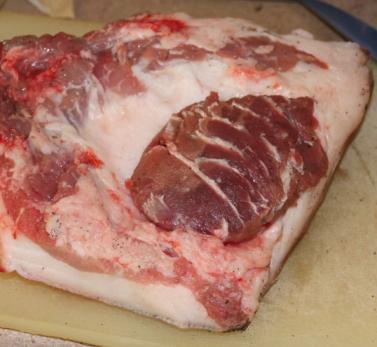As of today, I have had hits on this page from the following countries...
On to the pressing matter of cake.......
This is the definitive, 'never fail', sponge cake recipe as shared by my mother who made my fabulous mountain/ski themed wedding cake. My husband and I met on a ski trip in 2008 when I was working in a hotel in the Alps. He came along with 10 friends and the rest is well documented history.......
 Preset your oven to 180 oC, maybe a little less, around 170 oC for a fan oven and grease and line 2 x 9 inch round cake tins, mum uses metal tins, I use silicon, the war continues.....
Preset your oven to 180 oC, maybe a little less, around 170 oC for a fan oven and grease and line 2 x 9 inch round cake tins, mum uses metal tins, I use silicon, the war continues.....
The trick is all about weighing your eggs, which is serious news to me, but on further research, my hero Simon Hopkinson also weighs his eggs so who I am I to disagree. Weigh three medium eggs, in their shells and whatever the eggs weigh, match equal amounts of butter, caster sugar and self raising flour.
Cream together the butter and sugar until pale and very fluffy. To the butter/sugar mixture, add your flavourings, the options are endless but try the following..
Half a teaspoon of vanilla essence or bean paste
or
One teaspoon of lemon juice or limoncello
or
One teaspoon of instant coffee dissolved with a few drops of hot water.
Add one of your eggs to the butter/sugar/flavour mixture and one third of your flour. Keep your mixer or whisk on the slow setting to incorporate everything together and repeat with your second egg and another third of flour, then your last egg and the rest of your flour.
If making chocolate sponge, replace 3 tablespoons of flour with 3 tablespoons of cocoa powder.
Blast your mixture on full for a couple of seconds to get some air through the mix but be careful not to cover yourself, just drape a clean tea towel over the bowl to avoid a mess.
Divide your mixture between the two tins and bake for around 20 minutes until firm and light brown.
Remember the skewer trick if you are uncertain. Pop a skewer, kebab stick, or cocktail stick into the centre of the cake, if it comes out clean it is done. If it is still a little sticky, you might need another five minutes before checking again.
Leave the sponges to cool in the tins for a few minutes, then turn on to a wire rack and leave to cool completely.
If you are cooking a large wedding cake like mine, you can cook the sponge ahead of time and freeze them. Place your cold sponges carefully into large freezer bags and freeze them until you need them. They defrost in a few hours and are much easier to ice and handle when they are very cold.
Fillings are at your discretion depending on your tastes. Lemon curds work well in lemon sponges and really good strawberry jam is essential when making a vanilla sponge. Frosting for the filling is easy, just beat 80g of butter and slowly add 250g of icing sugar until it looks pale and tastes sweet. if you need to loosen the mixture, add a teaspoon of milk as you need it.
 The cakes were covered with ready roll fondant icing, rolled out thinly and covered carefully. The bumpy snowscape was achieved by putting cherries under the icing. Dry cherries such as fresh and pitted or glace cherries work well.
The cakes were covered with ready roll fondant icing, rolled out thinly and covered carefully. The bumpy snowscape was achieved by putting cherries under the icing. Dry cherries such as fresh and pitted or glace cherries work well.
All this was finished off with edible snow, available on Amazon or cooking stores such as Lakeland and decorated with easy to find plastic trees, which if you have ever made a Christmas cake or a Yule log you'll have knocking about. The pylons and ski hut were from Hornby train sets which again, are easy to find on line or at your toy shop.
Etsy.com is also a brilliant place to visit to find unique, handmade or vintage items with which to decorate your cake, like these little characters below.
Have loads of fun and don't be afraid to make your own wedding cake, scratch that, don't be afraid of making your daughters wedding cake or your friends, sisters, families, with a bit of imagination and practice, you'll create something brilliant, make it personal, hilarious and special and importantly, you will save an absolute fortune.





